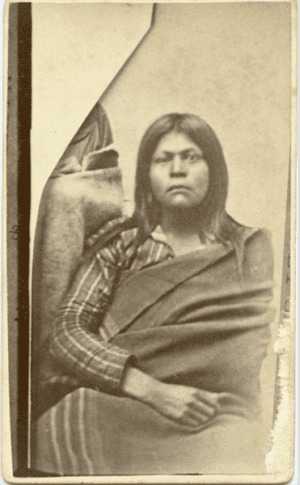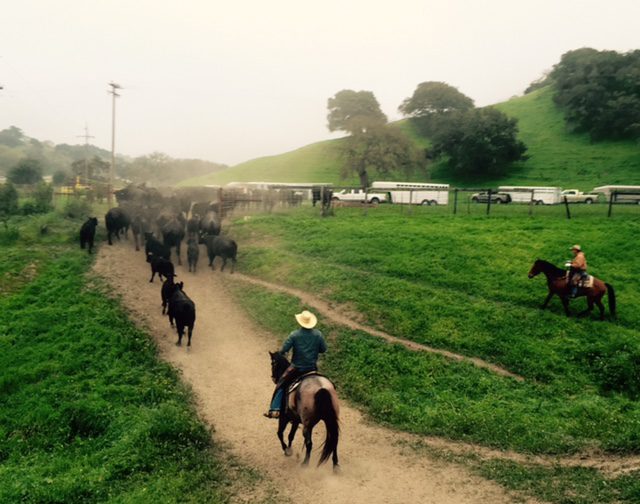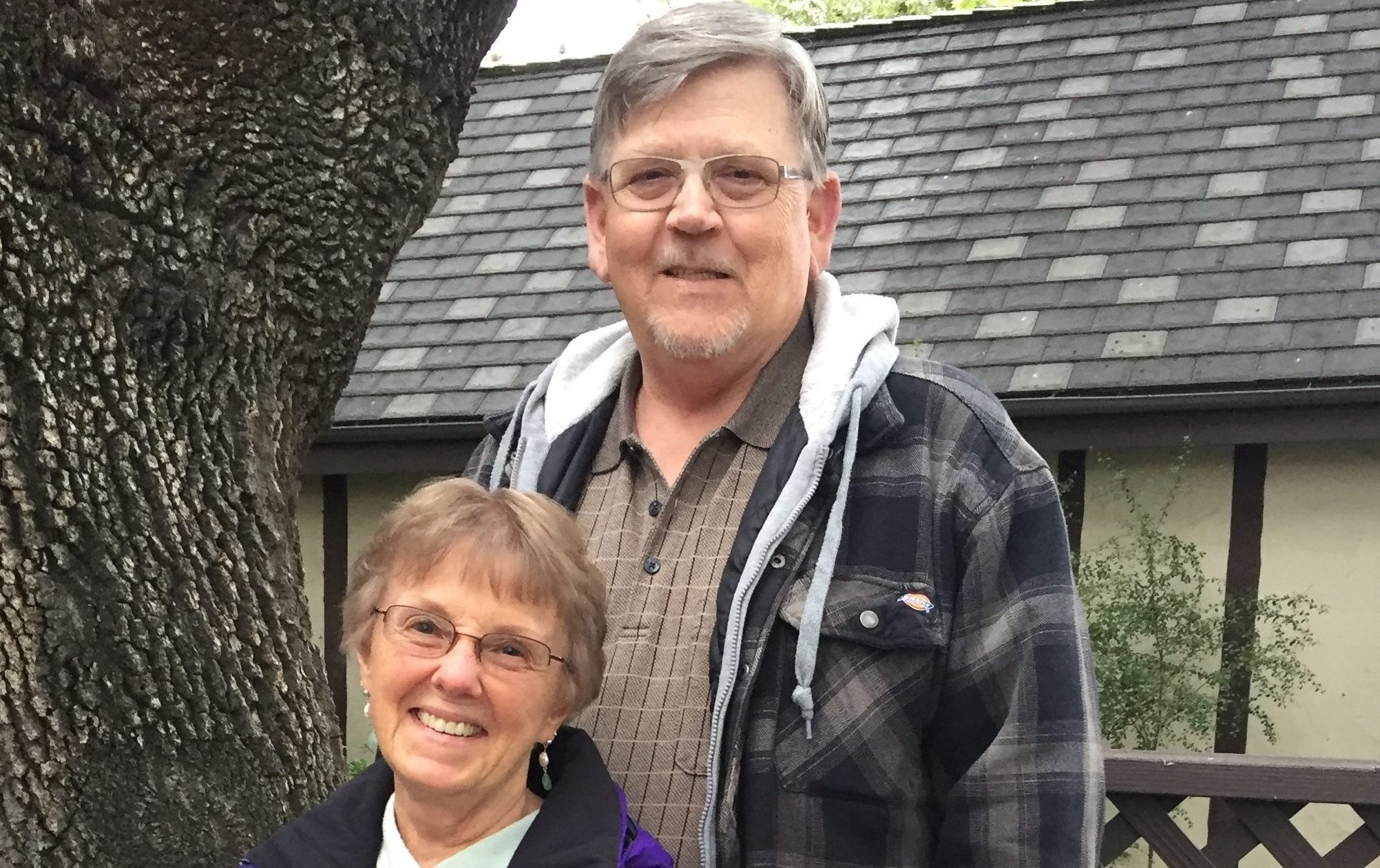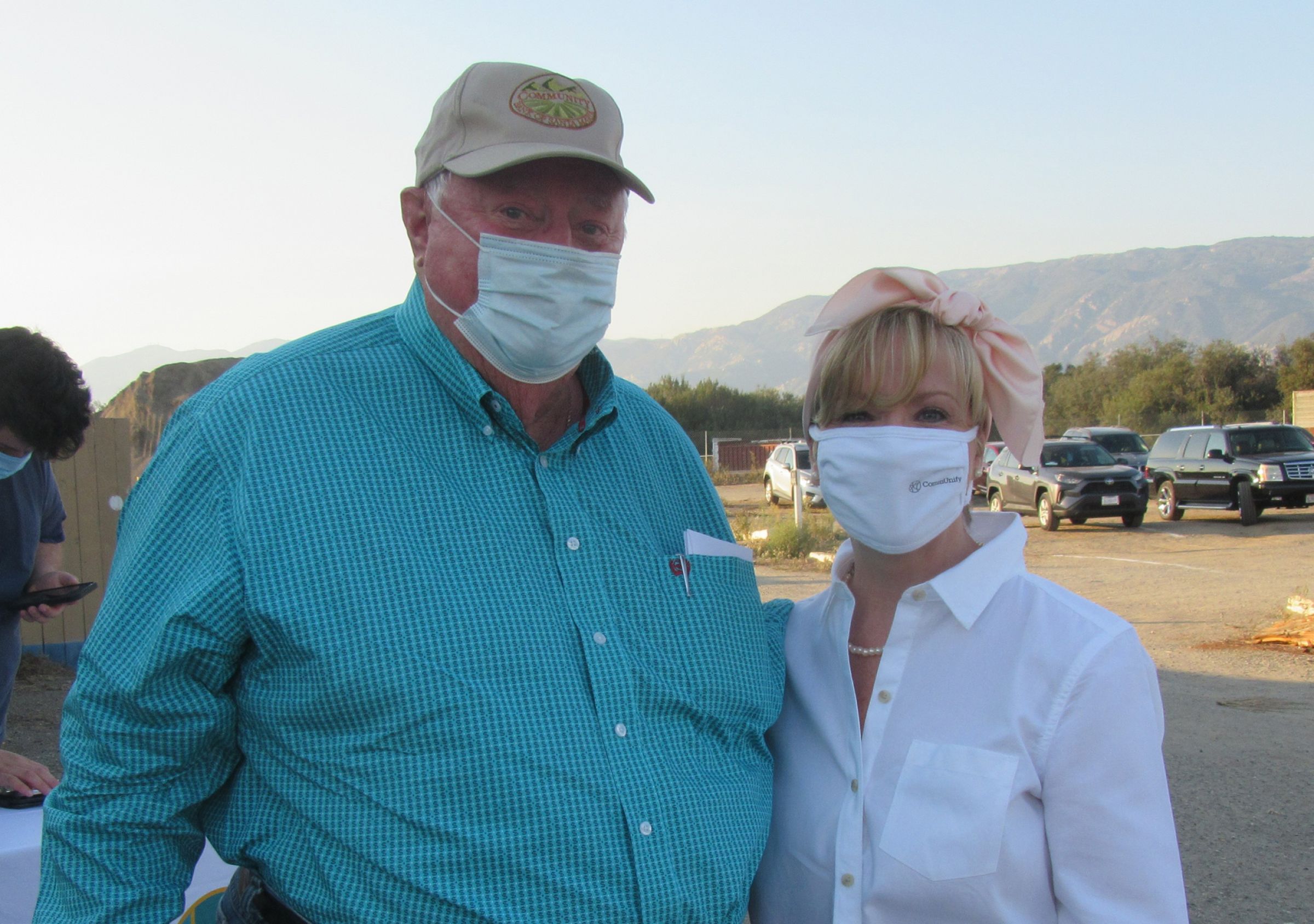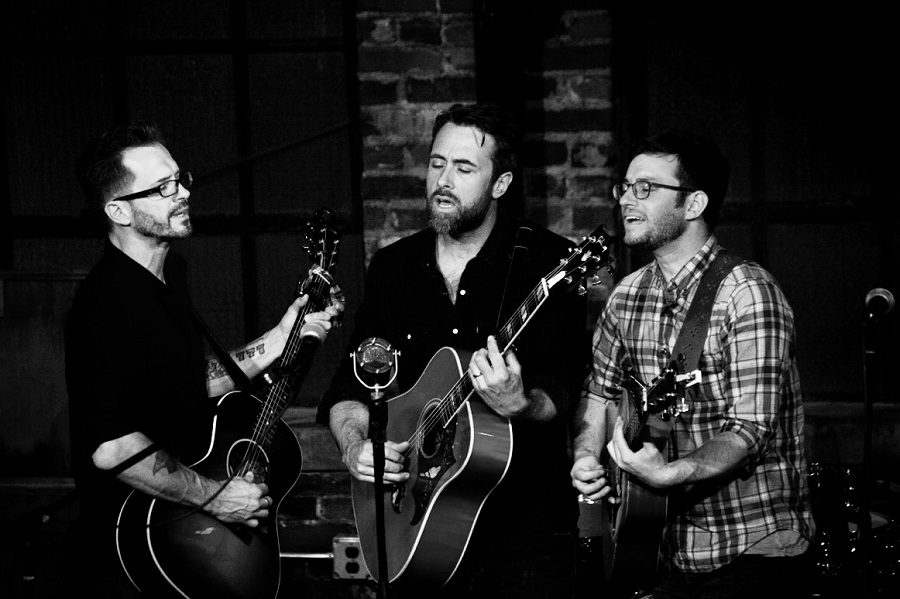Staff Report
A film about an Indian woman who briefly became a local sensation after living alone for years on San Nicolas Island will premiere at 7:30 p.m. Thursday, Jan. 25, at the Grange Hall in Los Olivos.
After the screening there will be a chance to meet and talk with the filmmaker, Paul Goldsmith.
The debut of “The Lone Woman of San Nicolas Island” is sponsored by the Santa Ynez Valley Natural History Society, Los Olivos Library and the Grange.
The California Missions Resource Center did research and compiled a history on the “Lone Woman,” which says that in 1853 an Indian woman speaking a language unknown to mainlanders was found on San Nicholas Island by Capt. George Nidever.
Not much is known about the San Nicholas Islanders from 1602 to 1800 except that by 1800 the population had declined markedly.
By the early 1830s, with the Indian population in decline and many villages abandoned, mission padres organized the removal of all remaining Indians from the Channel Islands, according to the research report.
The last island to be evacuated was San Nicholas. The Peores Nada, captained by Charles Hubbard, landed on the island in 1835 and began to load the Indians on board. A child was found missing and his mother pleaded to be left on the island to find him. She was described as a light-complexioned woman between 20 and 30 years old. She disappeared into the mist and wasn’t seen again for 18 years.
Several efforts were made in subsequent years to find the “last” Indian, but none succeeded until Nidever and his crew found her in 1853.
According to reports at the time, when they took her to Santa Barbara she was astonished by the signs of civilization; she was particularly intrigued by an ox-cart and the many horses in town. Word spread of her arrival, and reportedly “half the town came down to see her.” Nidever took the woman to stay at his home, where she was nursed by his wife Sinforosa Sanchez Nidever, according to the mission research.
The Lone Woman of San Nicholas became an object of considerable fascination. Through sign language it was determined that she was indeed the woman left in 1835 and, sadly, that she never did find her child.
Juana Maria (the name given her by the padres) became ill of dysentery, and died after just seven weeks on the mainland. She was buried in the cemetery at Mission Santa Barbara. All her personal possession were given to the California Academy of Sciences, but these were destroyed in the San Francisco earthquake and fire of 1906.
The Grange Hall is at 2374 Alamo Pintado Ave. in Los Olivos. For more information, call 688-4214.

